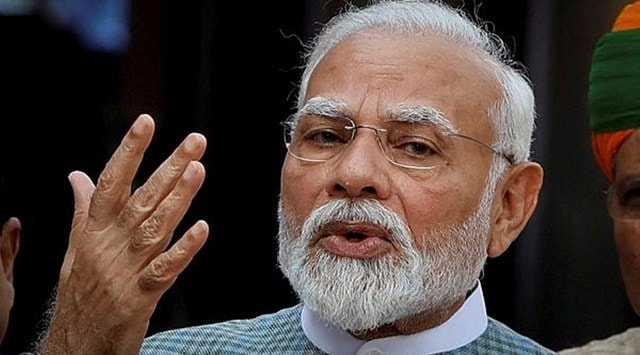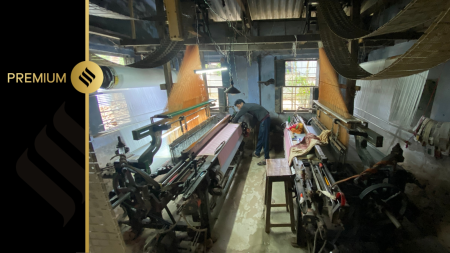Two months after the successful moon landing and the launch of a mission to study the sun, Prime Minister Narendra Modi announced on Tuesday two new targets for the Indian space agency ISRO: establishing an Indian space station by 2035 and sending the first Indian to the moon by 2040.
The Prime Minister also urged scientists to work on a Venus Orbiter Mission and a Mars Lander Mission.
These directives were issued at a high-level meeting chaired by Modi to assess the progress of the Gaganyaan Mission, India’s human space flight program. The meeting was also held to outline the future of India’s space exploration initiatives, according to a statement from the Prime Minister’s Office.
“The Department of Space presented a comprehensive overview of the Gaganyaan Mission, including various technologies developed so far such as human-rated launch vehicles and system qualification,” the PMO said. “It was noted that around 20 major tests, including 3 uncrewed missions of the Human Rated Launch Vehicle, are planned. The first demonstration flight of the Crew Escape System Test Vehicle is scheduled on October 21. The meeting evaluated the mission’s readiness, affirming its launch in 2025.”
The announcement of three uncrewed missions is significant, as it was previously known that there would be two such missions before the final one carrying the astronauts to space.
“Building on the success of the Indian space initiatives, including the recent -3 and Aditya L1 Missions, the Prime Minister directed that India should now aim for new and ambitious goals, including setting up ‘Bharatiya Antariksha Station’ (Indian Space Station) by 2035 and sending the first Indian to the Moon by 2040,” the PMO statement said.
To achieve these ambitious space missions, the Department of Space has been tasked with developing a roadmap for moon exploration, including a series of Chandrayaan missions, the PMO statement said. The next Chandrayaan mission is likely to bring back moon samples.
In addition, ISRO will also work on a next-generation launch vehicle, a new launch pad, and human-centric laboratories and technologies. Many technologies such as the human-rated launch vehicle, crew escape system, space suit, and the system to maintain the environment inside the crew module are being developed for the first time for the Gaganyaan mission.
“Prime Minister Modi expressed confidence in India’s capabilities and affirmed the nation’s commitment to scaling new heights in space exploration,” the PMO said.
The first indication of a sustained human program and an eventual space station came in 2019 from the then ISRO chief K Sivan. He said the Indian space station is likely to be much smaller, built by combining a couple of modules similar to the current crew module, weighing only 20 tonnes as compared to 450 tonnes of the International Space Station and 100 tonnes of the Chinese Tiangong Space Station.
Preparations for a Venus mission are also underway, with the current ISRO chief S Somanath recently stating that it has already been configured. While he did not provide details of the scientific experiments on the mission, a 2019 proposal had said that there would be 12 payloads, including a thermal camera, mass spectrometer, and a cloud-monitoring camera.
In the Mars Mission, India has already sent an orbiter that collected data between 2014 and 2022. The next step would be to send a lander, which the US and China have already achieved. Russia also has successfully landed on Mars but their lander stopped working soon after. India, on the other hand, did not have lander technology before the Chandrayaan 2 mission; the lander was indigenously developed after Russia backed out following the failure of one of their landers to the Martian moon Phobos.










![]()



+ There are no comments
Add yours